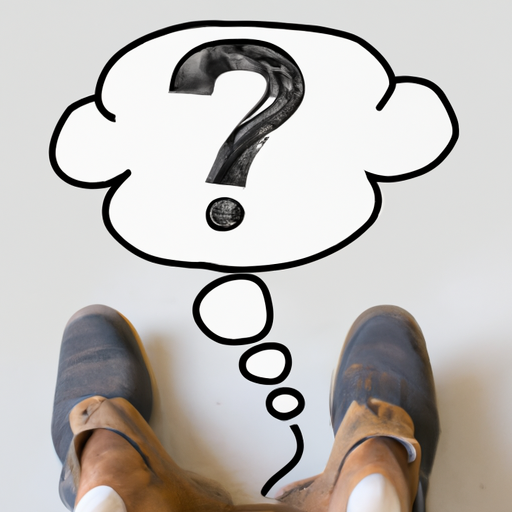Understanding Your Furry Friend’s Behavior
You might be wondering why your loyal companion always seems to plant themselves firmly on your feet. This behavior is not just a random act; it is a part of their instinctual behavior. Dogs are pack animals, and they are always seeking ways to establish their place within the pack. Let’s dive deeper into this fascinating aspect of canine behavior.
-
Dominance: Dogs often use this behavior to establish dominance within their pack. By sitting on your feet, they are claiming you as their own and demonstrate their status to other dogs.
-
Security: Your dog might be seeking a sense of security. Sitting on your feet provides them a sense of comfort and protection.
-
Bonding: This action can be a sign of bonding. It’s a way your dog shows their affection and connection to you.
-
Attention: Dogs are attention seekers. They might be sitting on your feet to get your attention.
-
Anxiety: If your dog is anxious or scared, they might sit on your feet as a way to seek comfort.
Breaking Down The Specific Behaviors
Let’s delve into these behaviors a bit deeper:
Dominance
As a caregiver, you might be surprised to learn that your dog’s behavior is a subtle display of dominance. Here’s a brief table that illustrates some common dominant behaviors in dogs:
| Behavior | Explanation |
|---|---|
| Sitting on Feet | Your dog is marking their territory (you!) |
| Leaning Into You | Your dog is asserting their dominance over you |
| Ignoring Commands | Your dog is showing they’re the boss |
Security
Your dog may also sit on your feet to feel safe and secure. This behavior is common in dogs with a nervous temperament or those who have been rescued from a shelter.
Bonding
By sitting on your feet, your dog is expressing their deep bond with you. This act is akin to a warm hug or a cuddle.
Attention
Dogs are notorious attention seekers. If they sit on your feet, it might be their way of saying, “Look at me! I’m here!”
Anxiety
If your dog is anxious, they might sit on your feet as a way to seek comfort. Their anxiety might be triggered by various factors such as loud noises, new environment, or separation from you.
What You Can Do
As a caregiver, your role is vital in helping your dog navigate these behaviors. Here’s what you can do:
- Encourage positive behavior with rewards and praise
- Provide a safe and comfortable environment for your dog
- Work with a trainer or a behaviorist if the behavior becomes a problem
FAQ Section
These short FAQs aim to address the most common questions and concerns you might have regarding your dog’s behavior:
1. Is it bad if my dog sits on my feet?
No, it is not necessarily bad. It depends on the context and the dog’s overall behavior.
2. What should I do if I want my dog to stop sitting on my feet?
Try to redirect their attention with a toy or a treat. If the behavior persists, you might want to consider professional training.
3. Is this behavior common in all dog breeds?
While it’s more common in some breeds than others, any dog breed can display this behavior.
Remember, dogs are unique, and not all behaviors fit neatly into one category. Understanding your dog’s behavior takes time, patience, and a whole lot of love.



